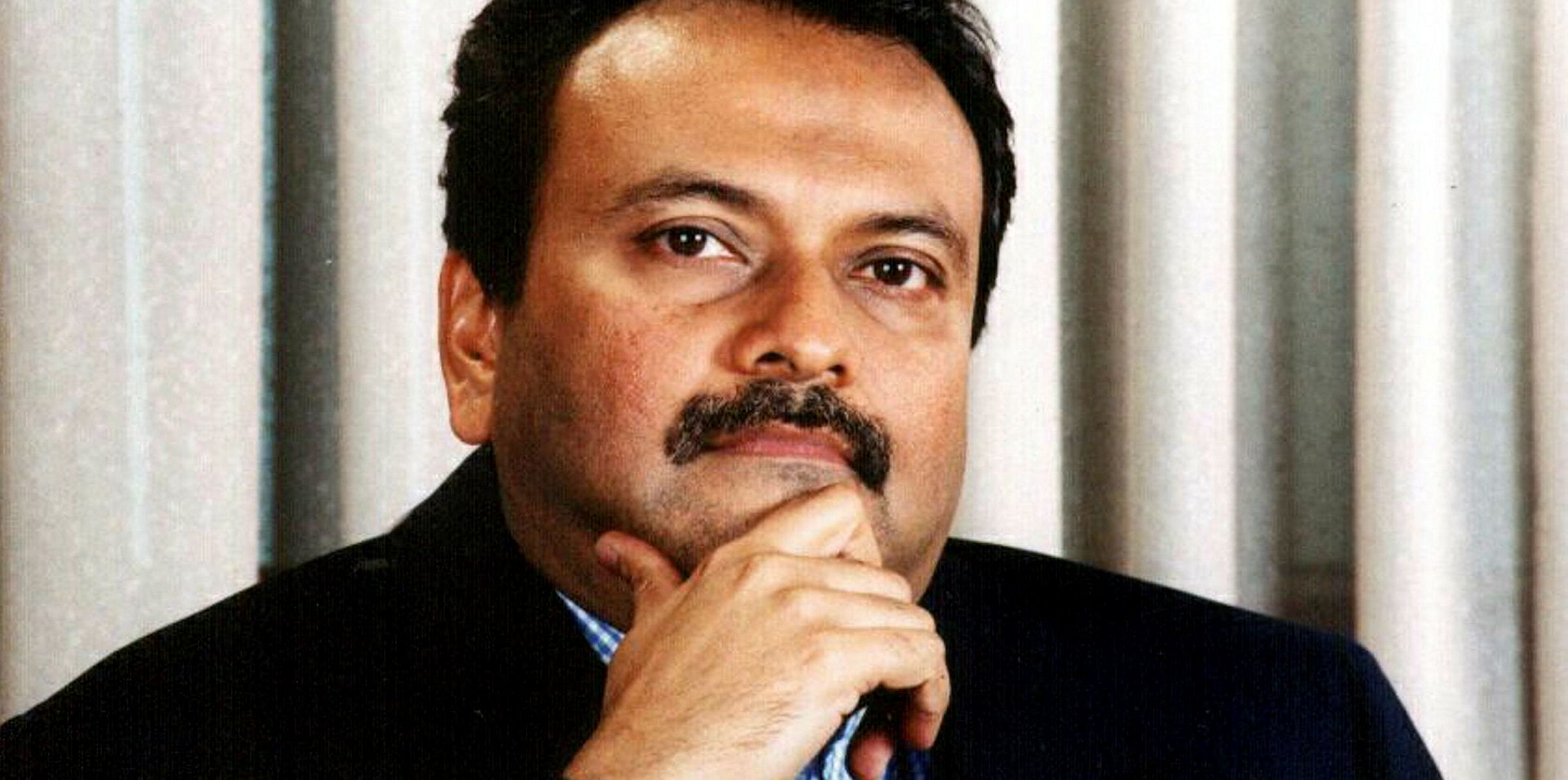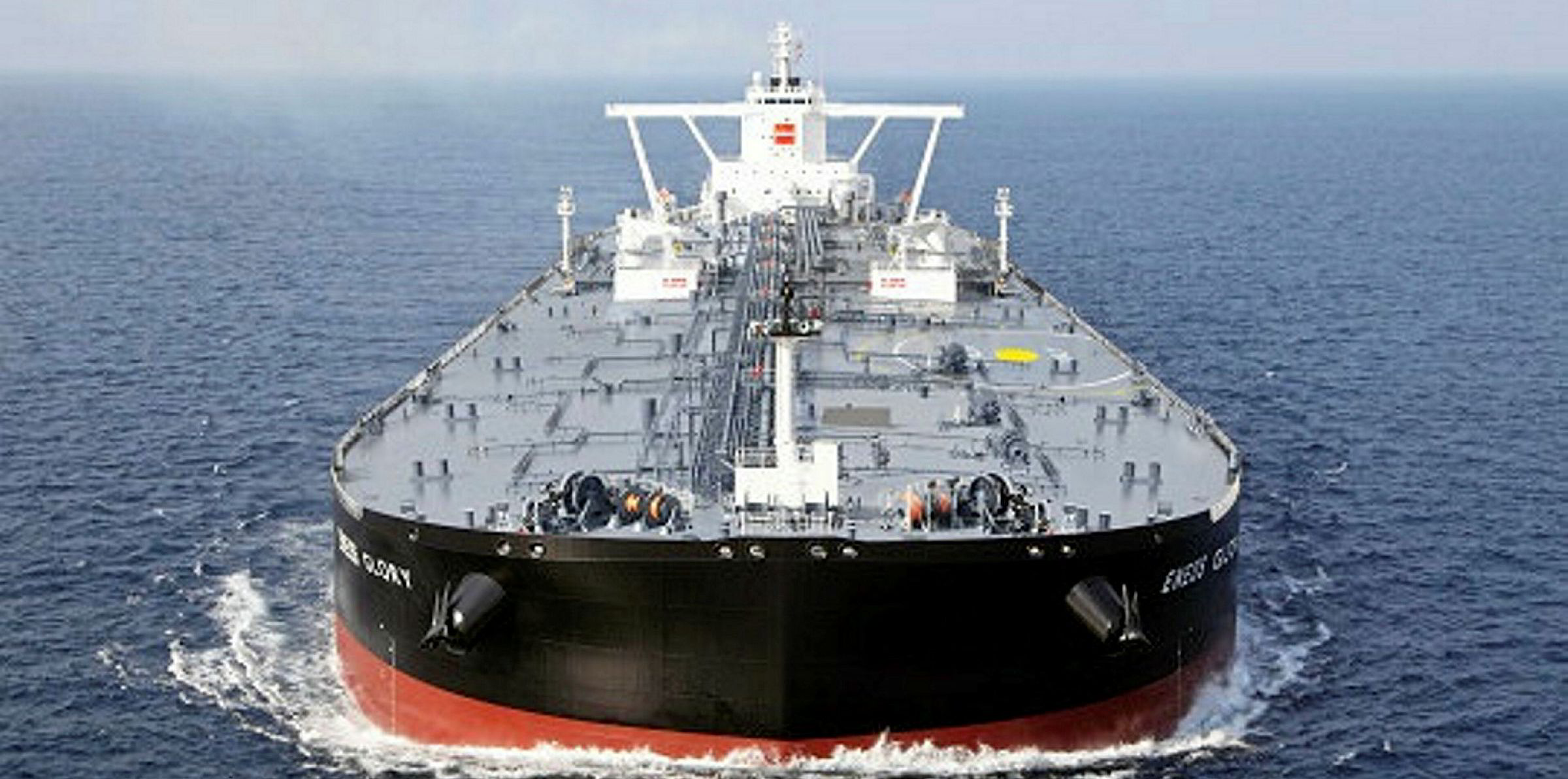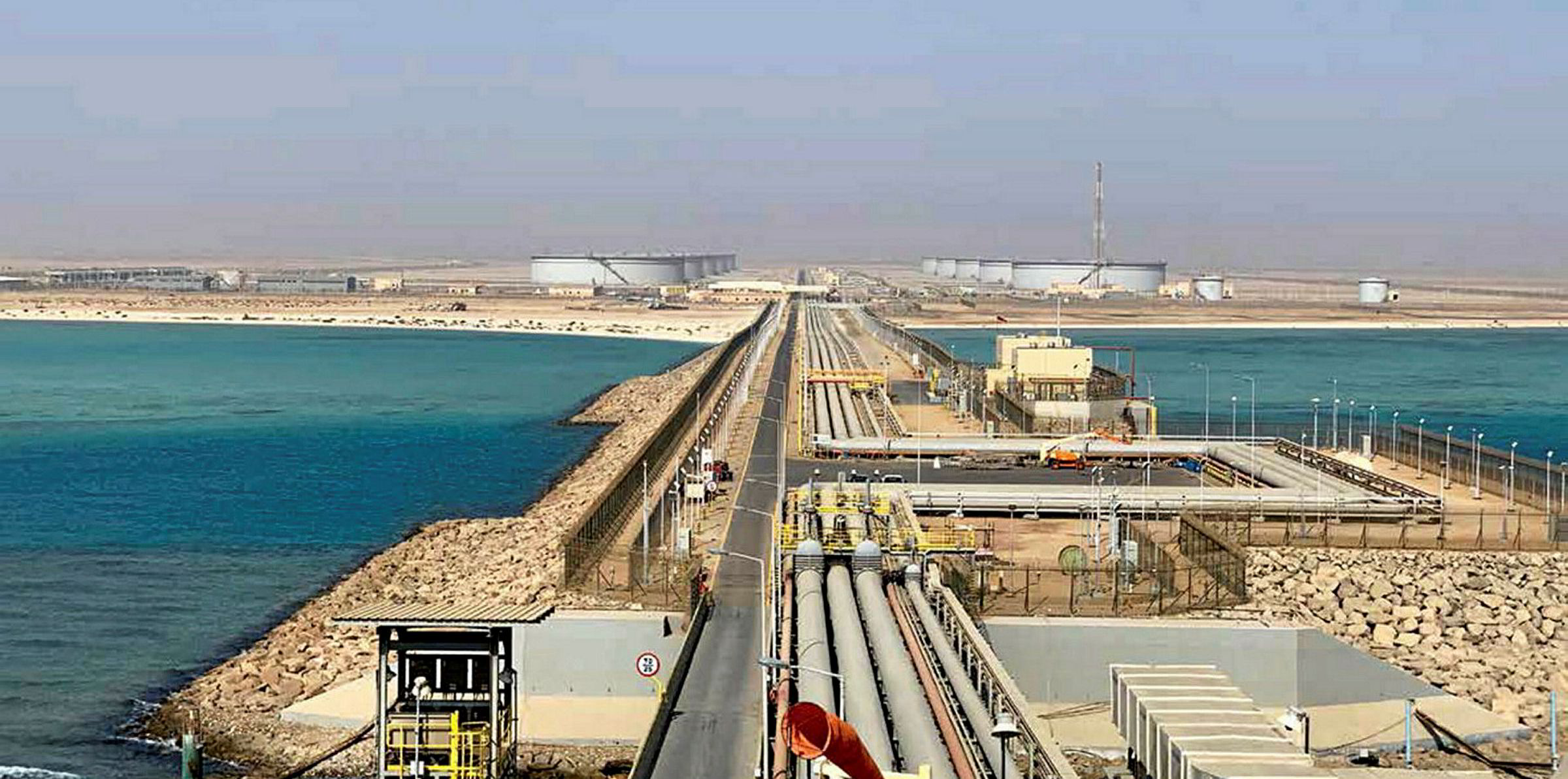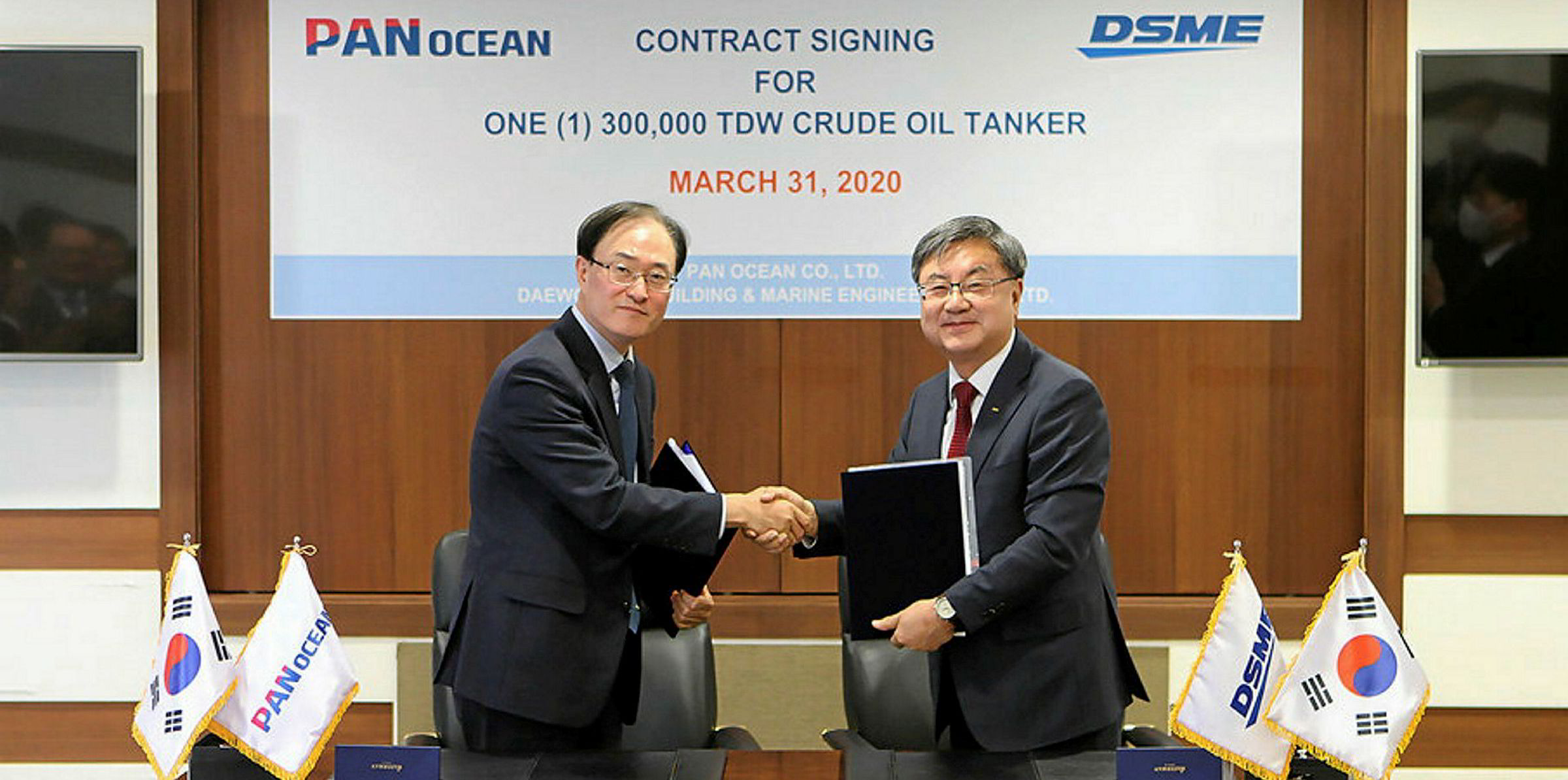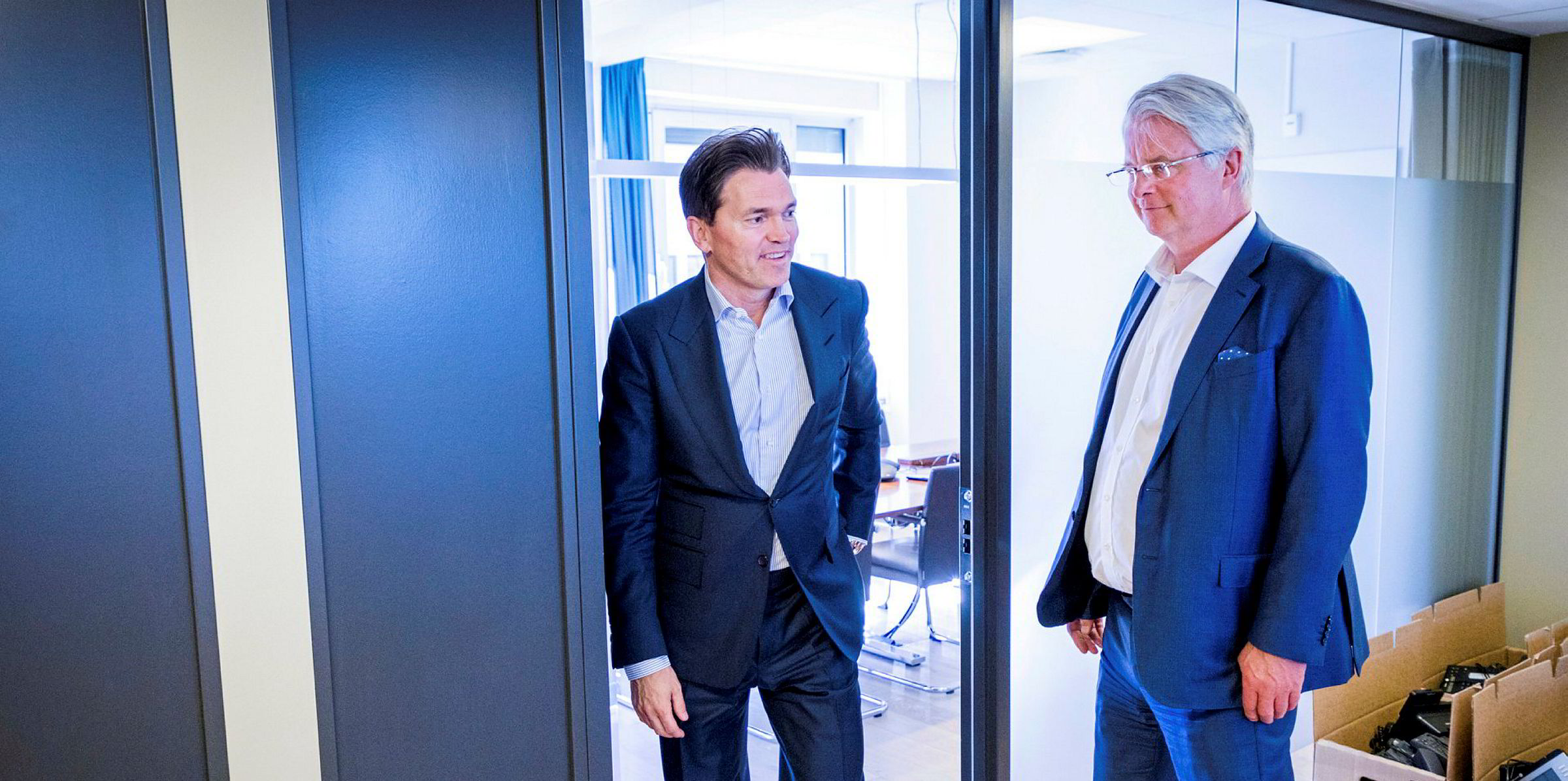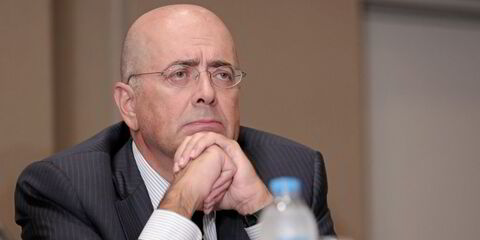Great Eastern Shipping boss Bharat Sheth has revealed his regret at missing out on an opportunity to move into VLCCs three years ago, but he says the dream may still be realised.
The Mumbai shipowner has a fleet of tankers ranging from product carriers to suezmaxes, but the biggest class of all remains elusive.
Sheth, the company's managing director and deputy chairman, told analysts on a conference call: "Would we look at acquiring VLCCs? The answer is yes.
"It's the most volatile of all asset classes in the tanker segment. And if we saw the right opportunity, absolutely, we will get into that sector."
The boss also revealed his regret at past opportunities to move into the big tanker arena that went begging.
"We missed it, which was our fault," Sheth said. "We had a lovely opportunity to acquire some VLCCs in '17 [2017].
"Had we done it, we would have made a lot more money. But that's life, you miss some, and you get some."
Sheth also said the company does not have a target for levels of cash in the bank.
"If we build up more cash, we build up more cash," he said. "What we don't wish to do is build up the cash and then misallocate it in terms of capital.
"Unfortunately, [that] happened to us in the past. We just don't want to repeat those mistakes again."
Other vessels types are available
But Great Eastern's sights are not just set on VLCCs.
"So let me first tell you that we are very agnostic to which sector we invest in," Sheth said.
"So whether if we got an opportunity in dry bulk first, we would look at that. If we got an opportunity in gas first, we would look. If we got an opportunity in crude, we'd look at that, so on and so forth."
He emphasised that the focus will be on the four sectors in which it has built up a "significant skill set": crude tankers, clean tankers, LPG carriers and bulkers.
"We are not going to, at this stage, think of going to a fifth because we really want to be the best that is in the world in these four sectors," Sheth said.
"We've kept internal caps that however bullish we are in any particular sector, we will not have more than X hundred million dollars exposed to that particular sector."
And he added that there is no guarantee.
"So we will be responsible in the way we do it, but within those caps, we are completely agnostic," he said.
Managing the ups and downs
The overall aim is to manage volatility better, he said.
"If we are getting better at volatility, and I hope we will eventually get much better than we have been in the past, we will prefer to buy more of the assets, which have a much greater volatility in the market," Sheth added.
The boss said the company has "an investable surplus" of potentially up to $250m.
"So the question is, will we get to the same price points we got in '16 and '17, right? It's something today I cannot answer. I don't think anyone in this world can answer," he said.
"But if we get to those price points, would we be able to deploy the money? Absolutely."
Cash buffer in place
Sheth said there had always been competing demands on cash and the company has always prioritised having enough of what he called risk capital.
"We must have an extended runway due to the volatility of our business," he said. "And that extended runway should never compel us to take poor-quality decisions. So that's one very important thing."
Sheth stressed a liquidity buffer must give the company "plenty of operational freedom".
He also revealed that Great Eastern does not want to have its ships tied up on term deals in very poor markets.
"We have unfortunately done this in the past," he said. "We wanted to get away from that in the future. And I'm happy to state now that we have the luxury of actually running all 46 ships, if we so choose, on the spot market, even in very, very poor freight structures. So that's a big positive."
Sheth believes investments should be made in bad markets "because that's when you really should be leveraging the balance sheet".
In its first quarter to 30 June, the company made net profit of INR 4.68bn ($63m), compared to a loss of INR 540m a year ago.
Revenue rose to INR 12bn from INR 7.7bn.
Best quarter for 12 years
Chief financial officer G Shivakumar said it was "an extremely profitable quarter" due to tanker volatility.
"In fact, the most profitable quarter since the September 2008 quarter, which was just before the start of the global financial crisis," he said.
"This quarter was, of course, helped by huge turmoil around the pandemic and which resulted in tanker rates spiking to levels not seen before, at least not in the last 20 years. And, therefore, very strong earnings on the tankers."
Shivakumar also said it had been "a huge problem doing crew changes".
"After the partial lifting of the lockdown towards the end of May, we have managed to do a few crew changes," he said.
"We managed about 500 crew moves by the first half of July. And we are making significant progress there, though it's a significantly higher cost than we would have otherwise paid. But we are focused on ensuring that the people get home and they are replaced by fresh crew."
He also said it was "almost impossible" to do any sale-and-purchase transactions due to all of the travel restrictions.
